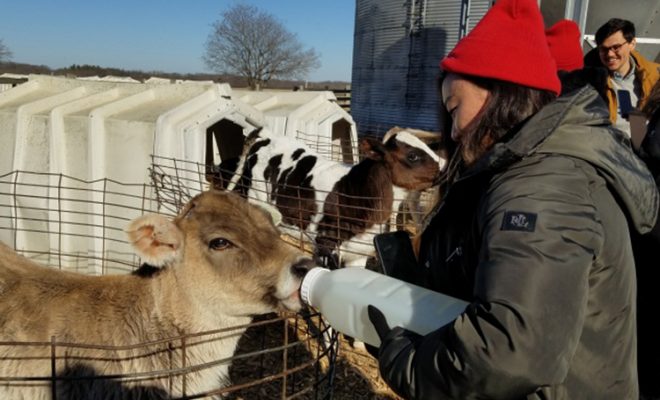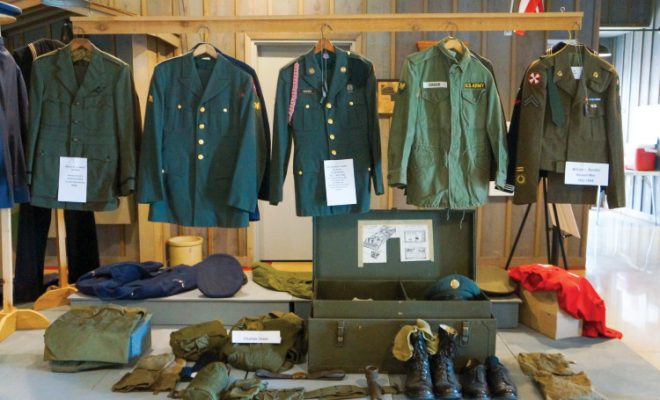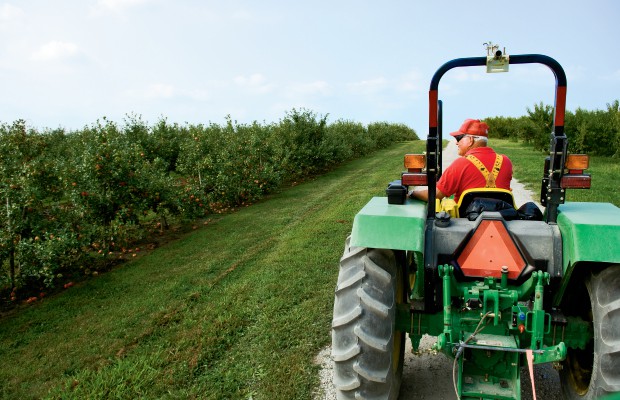I backed out of our attached garage at 5 a.m. a recent morning, only to groan and announce my displeasure to an empty van. Thick fog cloaked the end of the driveway. I proceeded to scout the driving conditions in the first country mile, evading the fog only at the bottom of our road’s steep gravel hill. My incognito minivan, which happens to be painted a color called “predawn gray,” returned to the dense predawn fog again at the neighbor’s farmstead atop the hill on level ground. I tested my brights and dims but ultimately listened to Mom’s voice in my head and turned around. This early morning grocery trip before the kids awoke wasn’t worth risking my life nor that of someone else’s in that 48-mile roundtrip.
Safe rural driving requires common sense, and it helps to have a farm mom like mine who attempts to make safety part of your psyche. As indicated in a servant leadership course, “Sometimes we need to be reminded more than instructed.” This seems an appropriate message as fall harvest begins, which means that big, sluggish farm equipment more routinely shares the roads with quick passenger traffic. The Illinois Farm Bureau’s “Rules of the Country Road” booklet (found at ilfb.org/safety) offers a timely reminder of unique rules for unique rural road situations, from absent street lights and narrow roads to blind corners and visibility-inhibiting gravel dust.
On our farm, Mom represents the talking safety manual. She reminds all of us to avoid traveling our farm’s curvy and hilly gravel road at 3:10 p.m. when the school bus makes its deliveries. In other guidelines, don’t pass any vehicle at a crossroad, and never pass a tractor near a field entrance. Watch for deer. Avoid raccoons with brakes, not swerving. I suggest looking three times past the fence and corn field at the country crossroad to the south, where limited visibility may disguise the zippy cars that travel the blacktop. On all unstriped roads, which include many out here, honor imaginary stripes, especially on blind hills.
You can look at crops if you keep an eye on the road. Never drive through water that flows across the road when the Spoon River floods. Respect reflective red-and-orange triangles, the slow-moving vehicle emblems that indicate farm equipment slower than 25 mph. Thankfully, modern farm equipment elevates safety precautions with brighter lights, rotating beacons and sometimes rear cameras.
After harvest, stay put while it snows. Be wary of precipitation near 32 degrees because few roads earn salt out here. In icy conditions, coast slowly down the rural road with the smallest hills, and whenever you can, avoid driving in fog.




